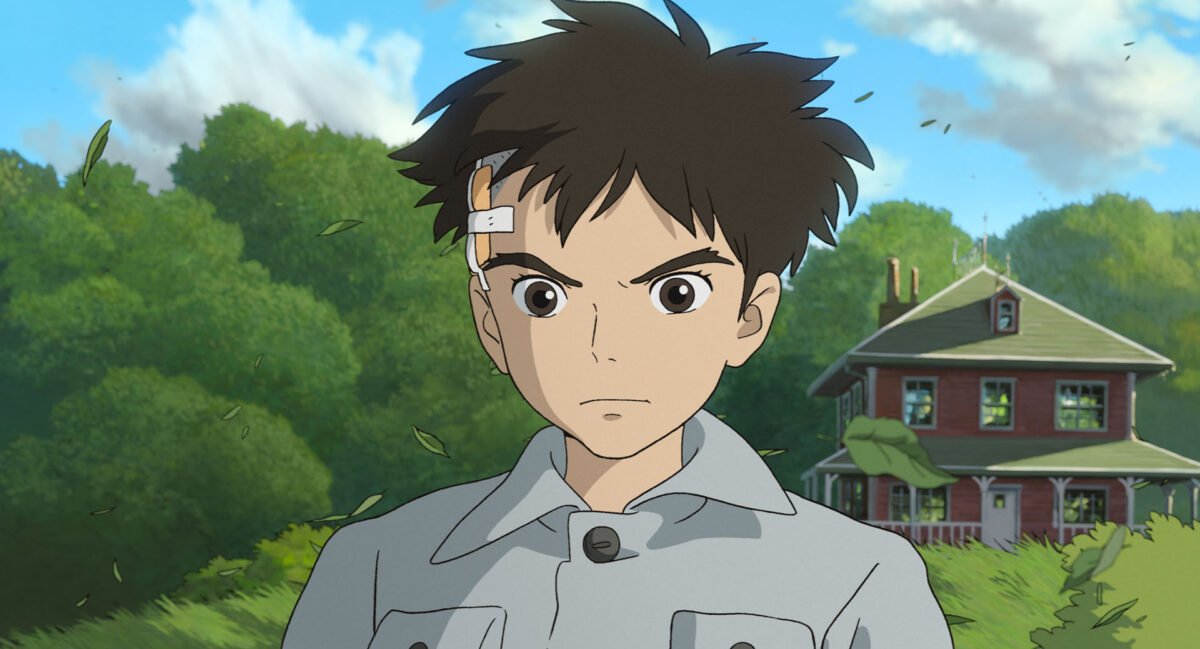Studio Ghibli: The Magic Behind Japan’s Most Beloved Animated Films
Studio Ghibli, the world-renowned Japanese animation studio, has captivated audiences for decades with its beautifully crafted films, unforgettable characters, and deeply moving stories. From the lush forests of My Neighbor Totoro to the mysterious world of Spirited Away, Studio Ghibli has created a legacy that continues to enchant viewers of all ages. This post explores the magic behind Studio Ghibli, diving into its history, creative vision, and the timeless appeal of its beloved films.
1. The Founding of Studio Ghibli: A Dream Takes Flight
Studio Ghibli was founded in 1985 by directors Hayao Miyazaki and Isao Takahata, along with producer Toshio Suzuki. The studio’s name, “Ghibli,” is derived from an Arabic word meaning “hot desert wind” and was chosen to symbolize the studio’s aim to bring a new breeze to the world of animation.
The Visionaries Behind Ghibli:
Hayao Miyazaki, often referred to as the “Walt Disney of Japan,” brought to Ghibli a distinct storytelling style characterized by imaginative worlds, strong heroines, and environmental themes. Isao Takahata, another brilliant director, contributed a more grounded, realistic approach to storytelling, as seen in his poignant film Grave of the Fireflies (1988).

Early Success:
Studio Ghibli’s first film, Castle in the Sky (1986), set the tone for the studio’s future works with its stunning visuals, adventurous spirit, and a focus on the bond between nature and humanity. The film was a success, establishing Ghibli as a major force in Japanese cinema.
2. Iconic Films: The Heart and Soul of Studio Ghibli
Studio Ghibli is best known for its iconic films that have resonated with audiences across the globe. Each Ghibli film is a masterpiece in its own right, blending intricate animation with rich storytelling.
My Neighbor Totoro (1988):
Perhaps the most beloved of all Ghibli films, My Neighbor Totoro tells the story of two young sisters who move to the countryside and encounter magical forest spirits, including the iconic Totoro. The film’s depiction of childhood wonder and its gentle environmental message have made it a timeless classic.
Spirited Away (2001):
Spirited Away is one of Studio Ghibli’s most critically acclaimed films, winning the Academy Award for Best Animated Feature in 2003. The film follows a young girl named Chihiro who becomes trapped in a mysterious and magical world. With its complex characters, breathtaking animation, and themes of identity and growth, Spirited Away is often hailed as one of the greatest animated films of all time.
Princess Mononoke (1997):
Princess Mononoke is a darker, more mature film that explores the conflict between industrialization and nature. The film’s epic scope, complex characters, and environmental themes resonated with audiences, solidifying Miyazaki’s reputation as a master storyteller.
Grave of the Fireflies (1988):
Directed by Isao Takahata, Grave of the Fireflies is a heart-wrenching tale of two siblings struggling to survive during World War II. The film is a stark departure from the fantasy elements of Miyazaki’s work, instead offering a powerful, realistic portrayal of the human cost of war.
Howl’s Moving Castle (2004):
Adapted from the novel by Diana Wynne Jones, Howl’s Moving Castle is a whimsical fantasy that explores themes of love, war, and the passage of time. The film’s vibrant characters and stunning visuals have made it a favorite among Ghibli fans.
3. The Ghibli Style: Animation and Storytelling
One of the defining features of Studio Ghibli films is their unique animation style and storytelling approach. Ghibli’s commitment to hand-drawn animation, detailed backgrounds, and expressive character designs sets its films apart in the world of animation.
Hand-Drawn Beauty:
In an age dominated by computer-generated imagery, Studio Ghibli has remained committed to the art of hand-drawn animation. This dedication to traditional animation techniques gives Ghibli films a warm, organic feel that resonates with viewers. The attention to detail in every frame, from the movement of leaves in the wind to the intricate designs of fantastical creatures, showcases the studio’s passion for craftsmanship.
Strong Heroines and Universal Themes:
Studio Ghibli is known for its strong, independent female protagonists who often drive the narrative. Characters like Chihiro (Spirited Away), Nausicaä (Nausicaä of the Valley of the Wind), and Sophie (Howl’s Moving Castle) are celebrated for their resilience, bravery, and compassion. These characters appeal to a wide audience, transcending cultural and gender boundaries.
Environmentalism and Pacifism:
Many Ghibli films explore themes of environmentalism and pacifism, reflecting the personal beliefs of Hayao Miyazaki. Films like Princess Mononoke and Nausicaä of the Valley of the Wind warn against the destructive impact of industrialization on nature, while The Wind Rises (2013) contemplates the ethical implications of technological advancement in times of war.
4. The Global Impact of Studio Ghibli
Studio Ghibli’s influence extends far beyond Japan, with its films enjoying widespread acclaim and a devoted international fanbase. The studio’s success has helped introduce Japanese culture and animation to the world, paving the way for other anime creators to find global audiences.
International Recognition:
Ghibli films have been dubbed into numerous languages and distributed worldwide, making them accessible to audiences across the globe. The international success of Spirited Away in particular brought unprecedented attention to Japanese animation, leading to increased interest in anime outside of Japan.
Cultural Influence:
The characters and imagery of Studio Ghibli have become cultural icons. Totoro, in particular, has become a beloved figure worldwide, with merchandise, theme park attractions, and even a species of velvet worm named after him. The Ghibli Museum in Tokyo, dedicated to the studio’s work, attracts fans from all over the world, offering an immersive experience into the world of Ghibli.
5. The Legacy of Studio Ghibli
As Studio Ghibli continues to produce new films, its legacy only grows stronger. While Hayao Miyazaki has announced retirement multiple times, he always returns to the studio, driven by his passion for storytelling and animation. The studio’s future may be uncertain as its founders age, but the impact of its films will undoubtedly endure for generations.
New Generations of Creators:
Ghibli has inspired countless animators and filmmakers, both in Japan and abroad. The studio’s influence can be seen in the work of artists who grew up watching Ghibli films and have carried its spirit of creativity and imagination into their own projects.
The Enduring Appeal of Ghibli Films:
Studio Ghibli’s films continue to be cherished by audiences of all ages. Their timeless stories, stunning visuals, and universal themes ensure that Ghibli will remain a beloved name in animation for years to come. Whether through a new release or a rewatch of a classic, Ghibli’s magic will always find a way to touch the hearts of viewers around the world.
Conclusion
Studio Ghibli is more than just an animation studio; it is a symbol of creativity, imagination, and the power of storytelling. From the enchanting forests of My Neighbor Totoro to the intricate, magical world of Spirited Away, Studio Ghibli’s films have created a legacy that transcends borders and cultures. As we look to the future, the magic of Studio Ghibli will undoubtedly continue to inspire and captivate, reminding us of the beauty, wonder, and importance of animated storytelling.



